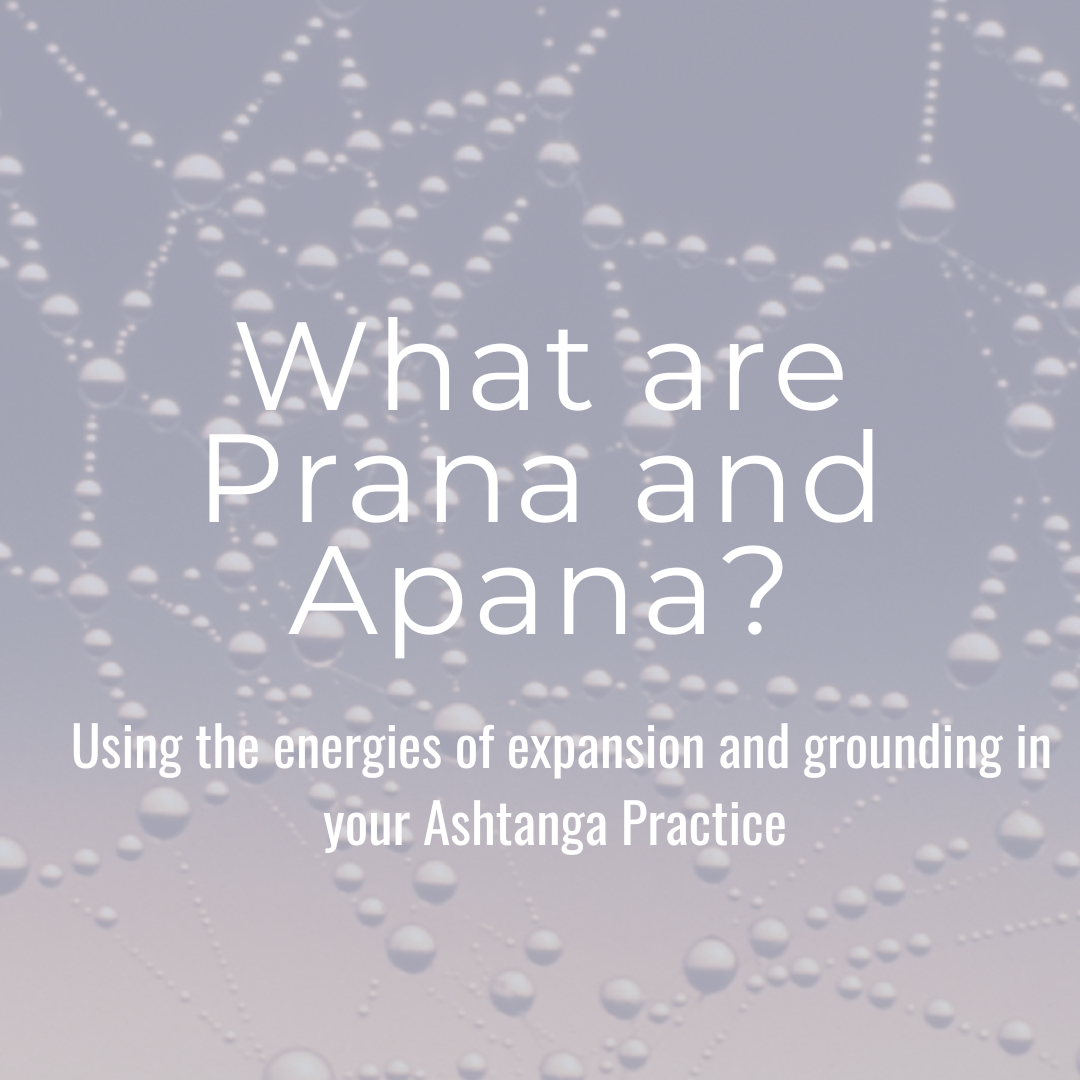
Lauren’s Ashtanga Yoga Blog

The Bhagavad Gita - Sloka 2.71
In this Sloka, Krishna lists material desire, greed, proprietorship (or ownership) and egoism as four things we falsely believe will bring us peace. However, these are actually the cause of our internal conflict and as a result, also bring us into conflict with others.

Understanding the Drishti (gaze point) in Ashtanga Yoga and using it to cultivate inner wisdom
Drishti is a Sanskrit word that can be translated as focused gaze. It’s a term you may be familiar with, and one that would have been introduced during your first Mysore Ashtanga class as one of the three pillars (tristhana) of the Ashtanga yoga method.

Prana and Apana – Harnessing the energies of expansion and grounding in your asana practice
Prana is vital energy or life force. According to Yoga and Ayurvedic philosophy, Maha Prana, the vital energy, is divided into 5 parts known as the panca vayu. Those of you familiar with the Ashtanga count will know panca as the 5th vinyasa of Surya Namaskar (Urdhva Mukha Svanasana)

4 techniques to stay grounded and reduce stress in times of change
Periods of change are often associated with increased stress and anxiety. We get used to things being one way and when that changes it can leave us feeling uncertain or ungrounded. This blog looks at 4 techniques you can use to stay grounded and stress-free during times of change or uncertainty.

What the Bhagavad Gita has to teach us about our relationships
How we interact with the world and how we treat others is an integral part of our yoga practice. This sloka from the Gita provides us guidance to ensure we don't allow our unconscious biases to affect our decision making and treatment of others.

5 Ways to Kick-Start Your Ashtanga Yoga Practice and Keep it Going All Year
Has your yoga practice fallen by the wayside? Are you wanting to start back up but struggling to find the motivation to get on your mat? Read on to kick-start your yoga practice and more importantly keep it going

Why Ashtanga Yoga is more than a workout
Have you ever found yourself wondering how the physical practice of Ashtanga yoga or any yoga asana practice connects with the philosophy of yoga? In this post, I explore some definitions of yoga we can use the foundation of the ashtanga practice (tristhana) to overcome obstacles to practising yoga.

Svadhyaya – A practice of self-reflection
Svadhyaya is a Sanksrit word that can be translated as self-study. Our yoga practice is all about creating a mindful connection with ourselves and one way to listen to our inner voice is through the practice of Svadhyaya. Here are three ways we can incorporate Svadhyaya into our lives and daily practice.

Why do I feel like my Ashtanga Yoga Practice is going backwards
What do you do when you feel like your ashanga yoga practice is going backwards? A look at the Kleshas or obstacles on the path of yoga described by Patanjali and how we can overcome them.

Finding peace within - the Katha Upanishad
The Katha Upanishad contains the first mention of yoga as a practice of liberation. In this post, I explore some of the main teachings from this Upanishad and how they can be used to cultivate an inner sense of comfort and peace.

